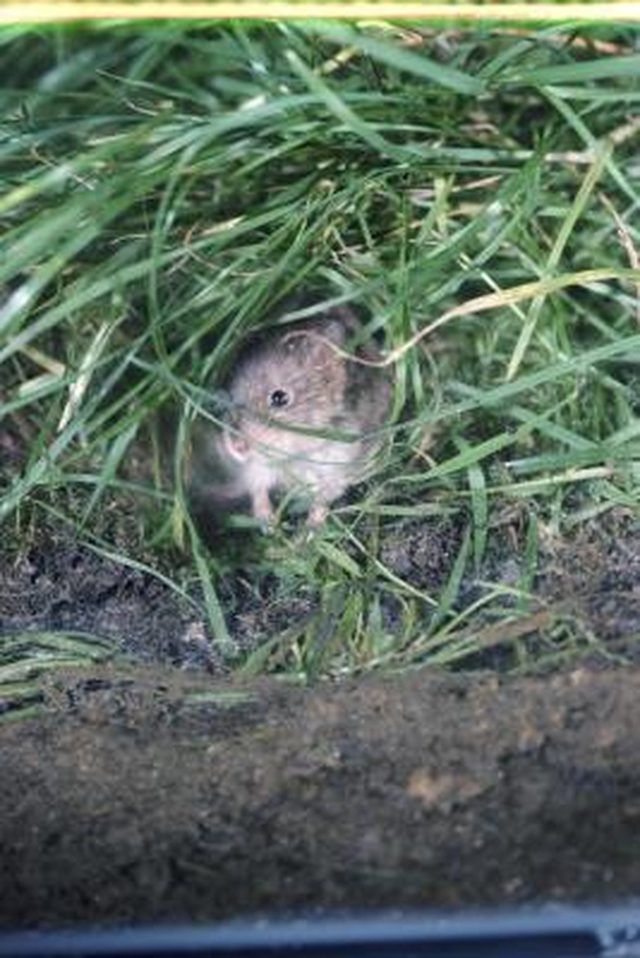Bulbs
Flower Basics
Flower Beds & Specialty Gardens
Flower Garden
Garden Furniture
Garden Gnomes
Garden Seeds
Garden Sheds
Garden Statues
Garden Tools & Supplies
Gardening Basics
Green & Organic
Groundcovers & Vines
Growing Annuals
Growing Basil
Growing Beans
Growing Berries
Growing Blueberries
Growing Cactus
Growing Corn
Growing Cotton
Growing Edibles
Growing Flowers
Growing Garlic
Growing Grapes
Growing Grass
Growing Herbs
Growing Jasmine
Growing Mint
Growing Mushrooms
Orchids
Growing Peanuts
Growing Perennials
Growing Plants
Growing Rosemary
Growing Roses
Growing Strawberries
Growing Sunflowers
Growing Thyme
Growing Tomatoes
Growing Tulips
Growing Vegetables
Herb Basics
Herb Garden
Indoor Growing
Landscaping Basics
Landscaping Patios
Landscaping Plants
Landscaping Shrubs
Landscaping Trees
Landscaping Walks & Pathways
Lawn Basics
Lawn Maintenance
Lawn Mowers
Lawn Ornaments
Lawn Planting
Lawn Tools
Outdoor Growing
Overall Landscape Planning
Pests, Weeds & Problems
Plant Basics
Rock Garden
Rose Garden
Shrubs
Soil
Specialty Gardens
Trees
Vegetable Garden
Yard Maintenance
How to Control Voles or Moles
How to Control Voles or Moles. Voles, also called field mice, orchard mice, or meadow mice, are controlled using steps similar to ordinary house mice. They are ground dwellers who often damage small trees. Their habit of using shallow underground runs are often mistaken for moles; however, vole runs do not extend out into the yard. Moles are...

Voles, also called field mice, orchard mice, or meadow mice, are controlled using steps similar to ordinary house mice. They are ground dwellers who often damage small trees. Their habit of using shallow underground runs are often mistaken for moles; however, vole runs do not extend out into the yard. Moles are responsible for the vast network of tunnels in yards. A mole's diet consists of grubs and worms which means they have nothing to do with tree damage. Baiting and trapping moles are the only effective control; both, however, are a lengthy process.
Things You'll Need
Mole bait
Mouse traps
Mole traps
Controlling Voles
Trap voles as you would ordinary house mice by placing baited traps in lower levels of your home and/or outside.
Place traps in areas of known activity particularly along walls and areas where they exit their runs outside. Ensure that traps placed within reach of people and pets are contained so that only the vole can get into it. Many traps are available today that are designed for this purpose.
Prevent mice from entering your home by ensuring that all seals are intact and have no gaps. Pay particular attention to door seals, especially the garage. Fill other gaps using a combination of mesh wire or steel wool and caulk or foam because mice can chew through caulk or foam by itself.
Controlling Moles
Walk the areas where moles are active to find active tunnels (try not to step on them). Moles use their primary tunnels repeatedly and dig exploratory tunnels in search of food which are seldom used twice. You need to find their active runs by partially collapsing a small area of suspected tunnels using two fingers and mark them. Tunnels that have been repaired within 48 hours are active and can be baited or set with traps.
Bait the active tunnels using Talprid (link below) by sticking a single finger into the tunnel(s) and slip in the worm bait length wise; gently cover the hole(s). Care needs to be taken to not contaminate the bait with your scent, so wearing gloves is necessary when handling and applying the bait.
Trap the mole using a scissor jaw, harpoon, choker loop or plunger style trap (Victor link below is for the plunger style trap). All of them are effective when placed correctly; follow the instructions that come with the style you choose.
Tips & Warnings
Read and follow all information on the label of pest control products.